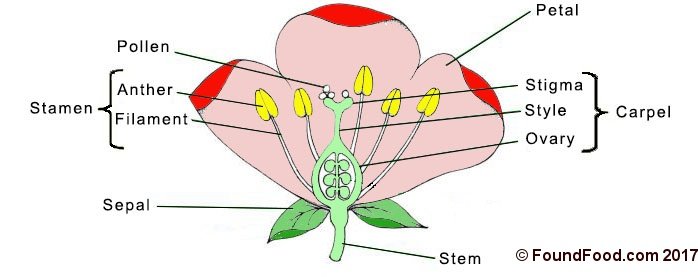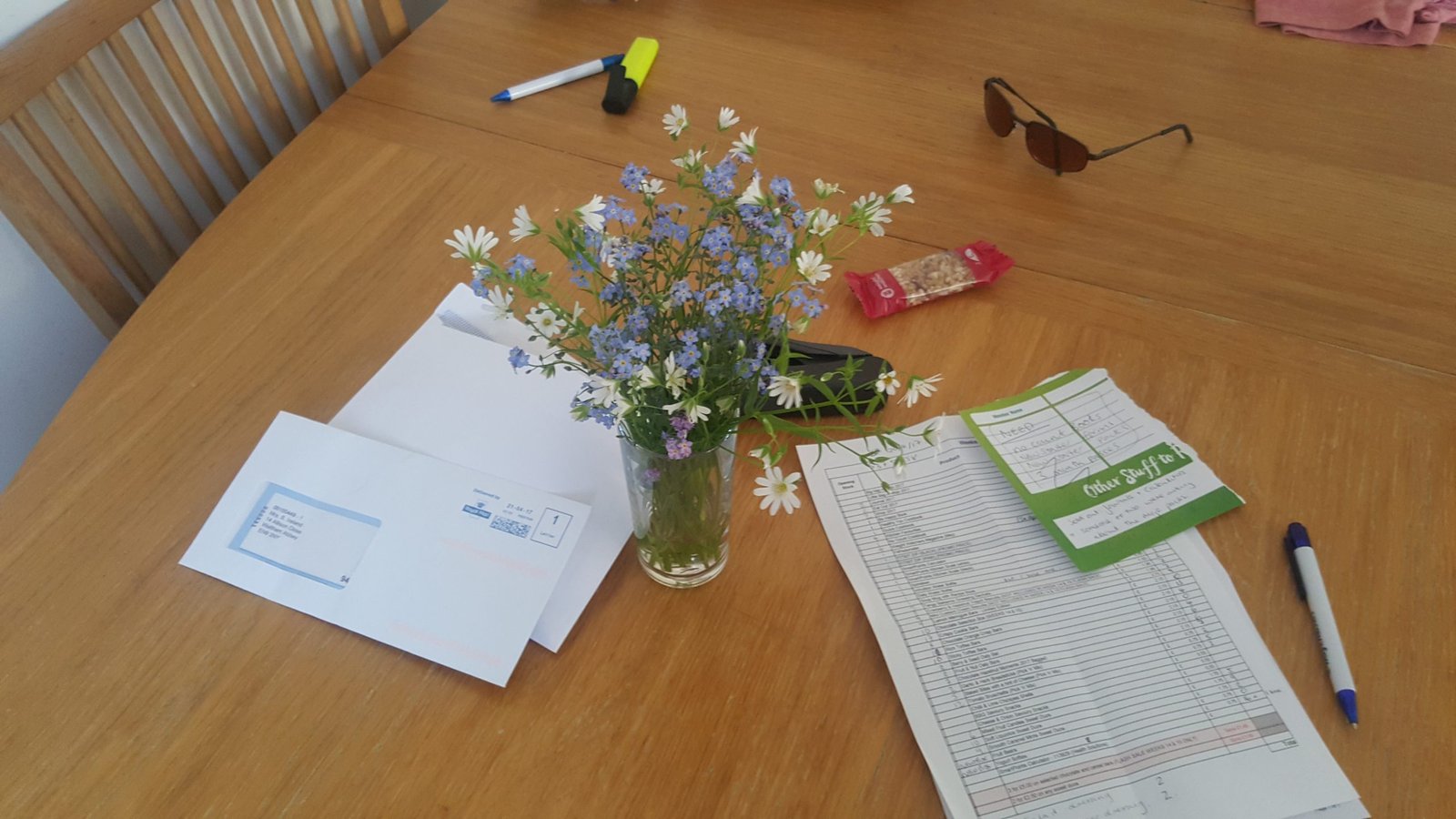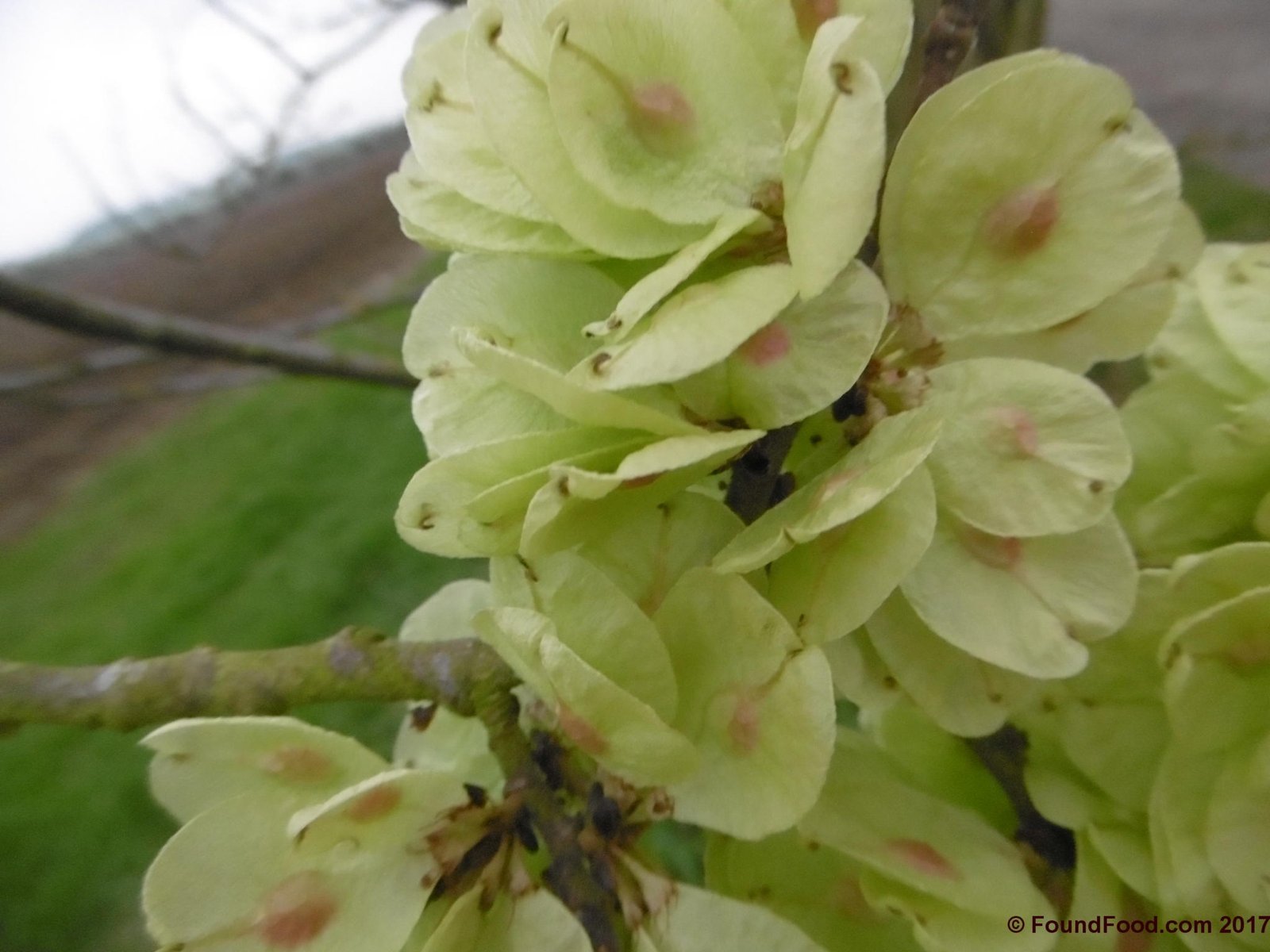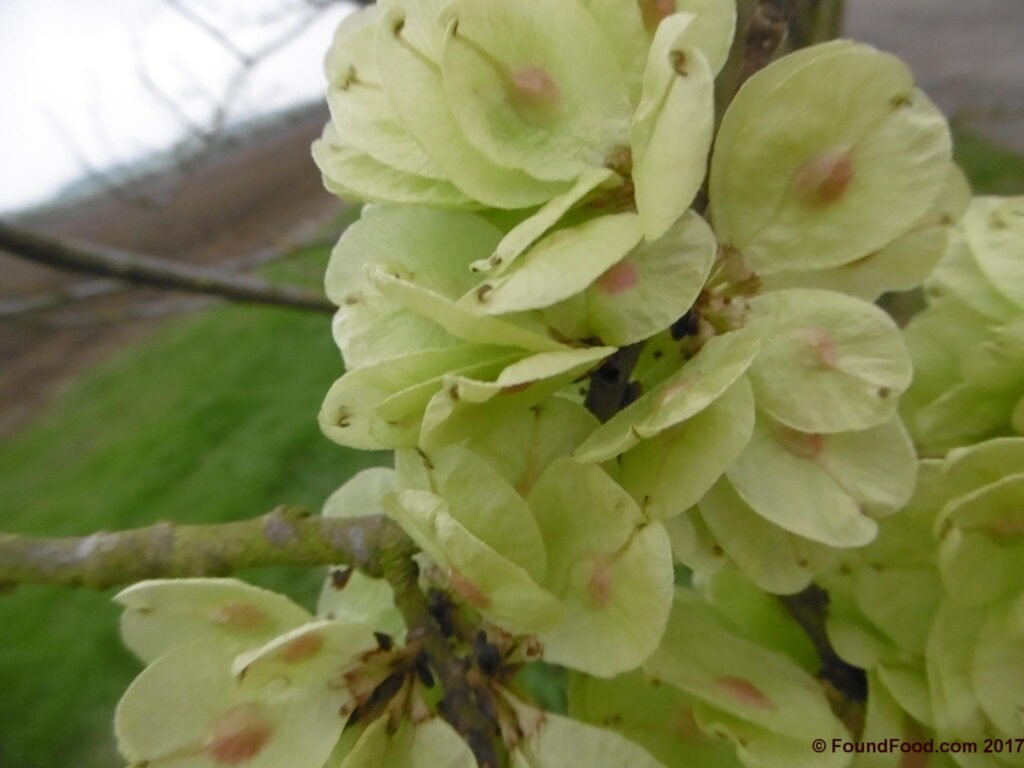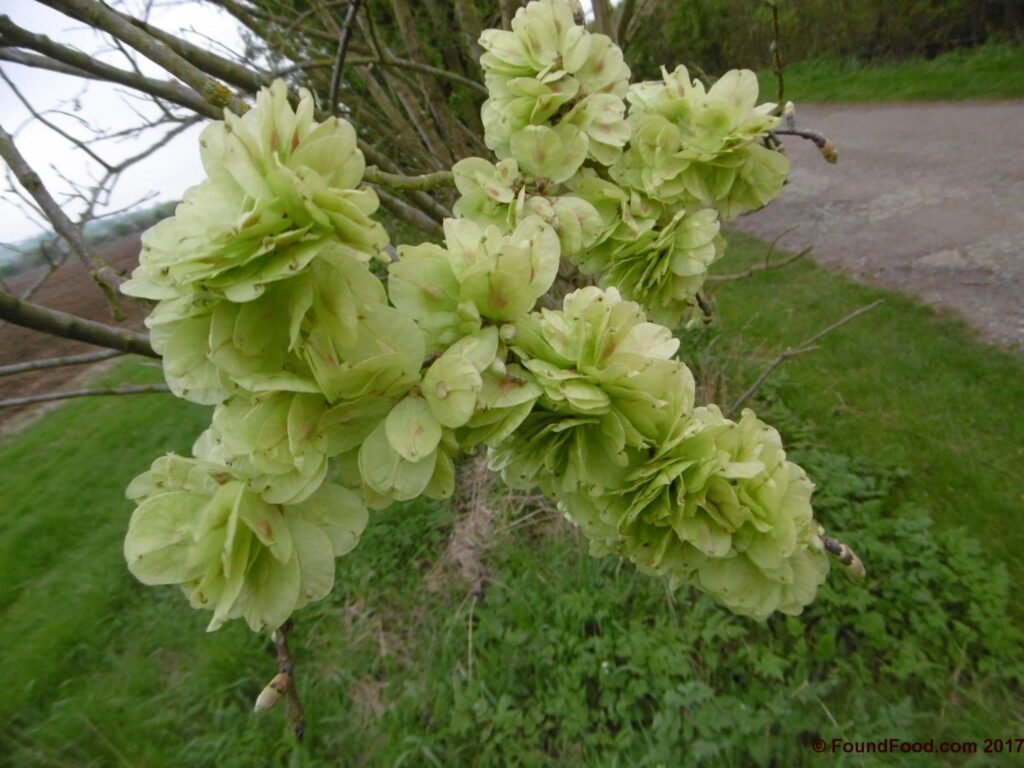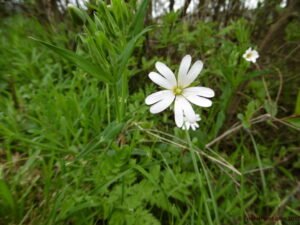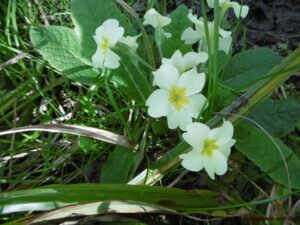No seriously! It’s more complex than you might imagine, and having a common language really helps when talking about the parts of a leaf.
For the avoidance of doubt, leaf refers to both the flat type that you imagine, and the needles and scales found on some evergreens. This is not a complete reference, just the parts that I find most useful.
You’d better get comfortable, this is a long post…
Simple Parts of a Leaf
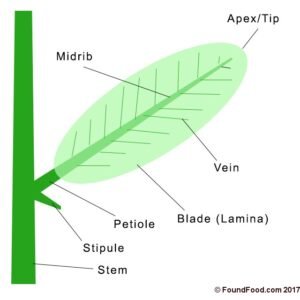
This is a simplified, generalisation. There are, of course, exceptions and variations. The leaf Blade, attaches to the stem of the plant with it’s Petiole. Quite often you will find a Stipule at the base of the petiole, which is like a miniature leaf arrangement. Within the leaf, there will be at least one strengthening midrib, and veins running from it. The leaf receives water and returns sugars through these.
Identification Categories
When it comes to identifying plants by their leaves, there are a number of areas to consider:
- The arrangement of the leaves on the stem.
- Simple vs Compound Leaves.
- Characteristics of the petiole.
- Veins.
1. Arrangement
The arrangement of the leaves on the stem can provide vital clues to the identification of a plant. Indeed, for some plants, it’s even in the name. For example, Opposite-leaved, Golden Saxifrage.
These are the main arrangements you may encounter:
- Opposite – Two leaves from the same point at each point or node on the stem, growing in opposite directions.
- Alternate – One leaf attached at each point or node on the stem, each successive leaf growing in opposite directions.
- Basal – Arising from the base of the stem.
- Cauline – Arising from the Aerial stem.
- Whorled or Verticillate – Three or more leaves from the same point or node.
- Rosulate – The leaves form a rosette.
- Distichous – Leaves are attached in two rows. They can be either opposite or alternate in arrangement.
As a stem grows, leaves tend to grow in the optimum position for collecting light. This can result in leaves forming a helical pattern around the stem.
2. Simple vs Compound Leaves
So, a leaf is a leaf, right? Well, not exactly. There are simple leaves, and leaves which are made up of leaflets. In deciduous trees, for example, the part which detaches itself from the tree in Autumn (Fall) is a leaf. So in Oak trees, that’s a simple Oak leaf, whereas in Ash trees, it’s a compound leaf with multiple leaflets (see images# below).

A simple leaf may be deeply lobed, but as long as gaps do not reach the midrib, it is still a simple leaf. Each leaflet of a compound leaf may have it’s own Petiolule (equivalent of a Petiole) and Stipule (Stipel).
Types of Compound Leaf
- Palmately Compound – Leaflets radiate from the end of the Petiole, like the fingers of a hand e.g. Horse Chestnut
- Pinnately Compound – Leaflets are arranged along the main or mid-vein.
- Odd Pinnate – With a terminal leaflet e.g. Ash.
- Even Pinnate – Without a terminal leaflet e.g. Mahogany.
- Bipinnately Compound – The leaves are twice divided. The leaf has a main vein, and further secondary veins on which the leaflets are attached e.g. Silk Tree.
- Trifoliate – A pinnate leaf with just three leaflets e.g. Clover.
3. Characteristics of the Petiole
Leaves with a stalk (petiole) are said to be petiolate. Those without a stalk, which join straight to the branch are said to be sessile.
Where the blade of a leaf partially surrounds the stem, it is said to be clasping or decurrent. Where the blade completely surrounds the stem they are called perfoliate.
The stipule, where present, is a leaf-like appendage on each side at the base of the petiole. Stipules may remain (such as on roses) or be shed as the leaf expands, leaving scars; Known as stipulations.
4. Veins
Veins, occasionally referred to as nerves, extend into the leaf via the petiole and transport nutrients and water between the leaf and the stem. They also play a mechanical role in supporting the leaf structure. Branching from the main vein are secondary veins, and there can be many more branchings, sometimes leading to a net-like structure.
Leaf Shape Terminology
Leaf Edge Terminology
Source: Wikipedia
More information…
Did you find this useful?
You can find more useful botanical information in our new book, The Forager’s Introduction to Botany here: https://shop.foundfood.com/products/the-foragers-guide-to-botany
Or, sign up to our email newsletter






















